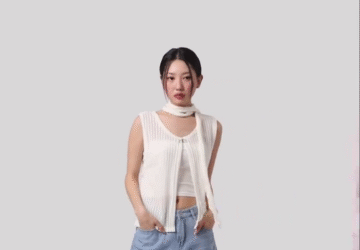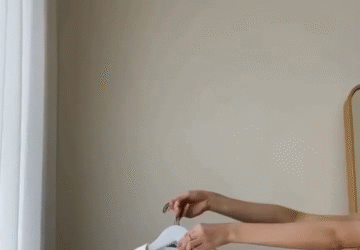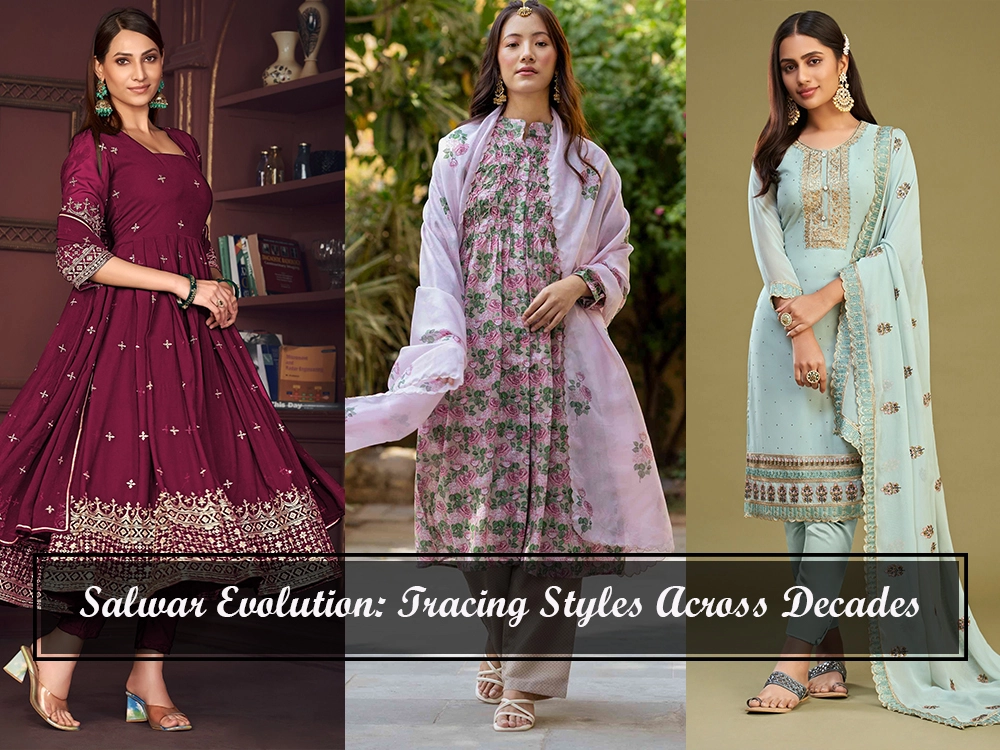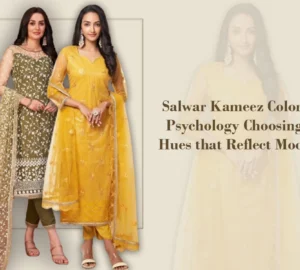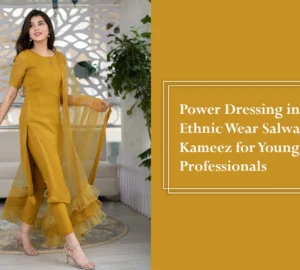The salwar kameez is more than just a staple of South Asian fashion—it’s a canvas of culture, tradition, and evolving personal style. Over the decades, this versatile ensemble has undergone an inspiring transformation, mirroring the changing roles, aspirations, and aesthetics of women across generations.
From its Mughal-inspired origins to its appearance on modern runways and Instagram reels, the journey of the salwar kameez is a story of timeless beauty and dynamic reinvention. In this blog, we trace the style evolution of salwar suits through the decades—highlighting how each era gave birth to new silhouettes, fabrics, and cultural meanings.
🕌 Pre-Independence Era: Mughal Royalty to Modesty
The salwar kameez, though widely worn today, finds its roots in Central Asia and the Mughal Empire. During this era, the outfit was characterized by:
- Loose-fitting salwars (pants) with gathered pleats
- Long kameez (tunics) with intricate embroidery and heavy fabrics like brocade and silk
- Chiffon or silk dupattas adorned with gold thread work
The outfit signified grace, modesty, and affluence. Royal women and nobles wore heavily embellished versions, while commoners opted for simpler cotton variants.
📽️ 1940s–1950s: The Graceful Classic
Post-independence, Indian women started embracing the salwar kameez as an everyday outfit. It symbolized a break from colonial dressing and a return to cultural roots.
Style highlights of this era:
- Straight-cut kameez that fell just below the knees
- Churidars (tight-fitting pants) or Patiala salwars
- Hand embroidery like phulkari, chikankari, and kantha
- Lightweight dupattas with minimal styling
In Bollywood, actresses like Madhubala and Nargis brought these silhouettes to life on-screen, inspiring women to embrace elegance in simplicity.
🌸 1960s–1970s: Experimentation & Feminine Charm
As India stepped into a new age of cultural revolution, fashion followed suit. The 60s and 70s brought with them bold experimentation in colors, fabrics, and patterns.
Key trends:
- Use of psychedelic prints, florals, and geometric motifs
- Shorter kameez lengths (sometimes even mid-thigh)
- Bell sleeves and boat necks
- Salwars with less pleating and more structure
Actresses like Mumtaz and Sharmila Tagore popularized shorter kurtis paired with slim salwars. This era marked the emergence of the semi-urban “college girl” look, blending tradition with youthful exuberance.
💃 1980s: The Era of Boldness and Volume
The 1980s were all about exaggerated silhouettes and power dressing, and ethnic wear followed the same energy.
What defined the 80s salwar style:
- Puffed sleeves, shoulder pads, and boxy fits
- Heavily pleated Patiala and parallel salwars
- Thick dupattas with heavy embroidery or zari borders
- Vibrant color blocking and synthetic fabrics like rayon and georgette
This was also the era when television serials began influencing fashion. Characters from shows like Hum Log and Buniyaad became cultural fashion icons.
🎥 1990s: Minimalism and the Rise of Bollywood Glamour
The 90s saw a shift towards minimalist elegance. With globalization and the internet slowly creeping in, women started experimenting with Indo-Western fusions.
Trends that ruled:
- Straight-cut suits in monochromes
- Subtle embroidery and mirror work
- Lighter fabrics like chiffon, crepe, and georgette
- Use of spaghetti straps and sleeveless kameez designs
Movies like Dilwale Dulhania Le Jayenge and Kuch Kuch Hota Hai made salwar suits aspirational for young girls. The fusion of a western cut with traditional elements became mainstream.
💫 2000s: Glamour, Glitz, and Designer Edge
With the advent of Indian designers and fashion weeks, salwar suits entered a new phase—luxury ethnic wear. This was the time of bold experimentation and fusion.
Signature styles:
- Anarkali suits made a grand comeback
- Use of net, shimmer, velvet, and other luxurious fabrics
- Floor-length kurtas and churidars
- Designer embroidery with stones, sequins, and Swarovski
Bridal fashion embraced heavily embroidered Anarkalis and jacket-style salwar suits. Bollywood red carpets featured stars in contemporary ethnic wear, giving rise to high-end ethnic fashion.
📱 2010s: The Social Media & Celebrity Influence
With the rise of Instagram and fashion influencers, salwar styles diversified even more. Comfort, individuality, and versatility became the key pillars of ethnic fashion.
Popular styles of this decade:
- Cape-style salwar suits and Indo-fusion outfits
- Cigarette pants, palazzos, and dhoti pants replacing traditional salwars
- Layered and asymmetrical kurtas
- Pastels, minimalist prints, and millennial pinks
Designers like Sabyasachi, Manish Malhotra, and Anita Dongre gave a global platform to traditional fabrics and silhouettes, modernized for the urban woman.
🚀 2020s–Present: Sustainable, Inclusive & Personal
Today’s salwar kameez fashion is not just about trends—it’s about personal expression and mindful choices. Women are more conscious of fit, comfort, sustainability, and cultural heritage.
What’s trending now:
- Sustainable fabrics like khadi, cotton-silk, and organic blends
- Inclusive sizing and customized tailoring
- Artisanal embroidery from local Indian regions
- Reimagined styles like jacketed suits, front-slit kurtas, and cape dupattas
- Minimalism meets tradition — perfect for work, weddings, or weekend outings
Brands like Ethnic Plus have played a key role in making high-fashion ethnic wear accessible while honoring traditional craftsmanship.
💡 How to Choose Your Salwar Style Today
When choosing your salwar kameez in 2025 and beyond, consider:
- Occasion: Light prints for casual, rich embroidery for formal
- Body Type: Anarkalis for hourglass, straight suits for apple shapes
- Comfort: Opt for cotton or linen for daily wear, silk blends for festivities
- Styling: Mix and match with ethnic jackets, belts, or statement accessories
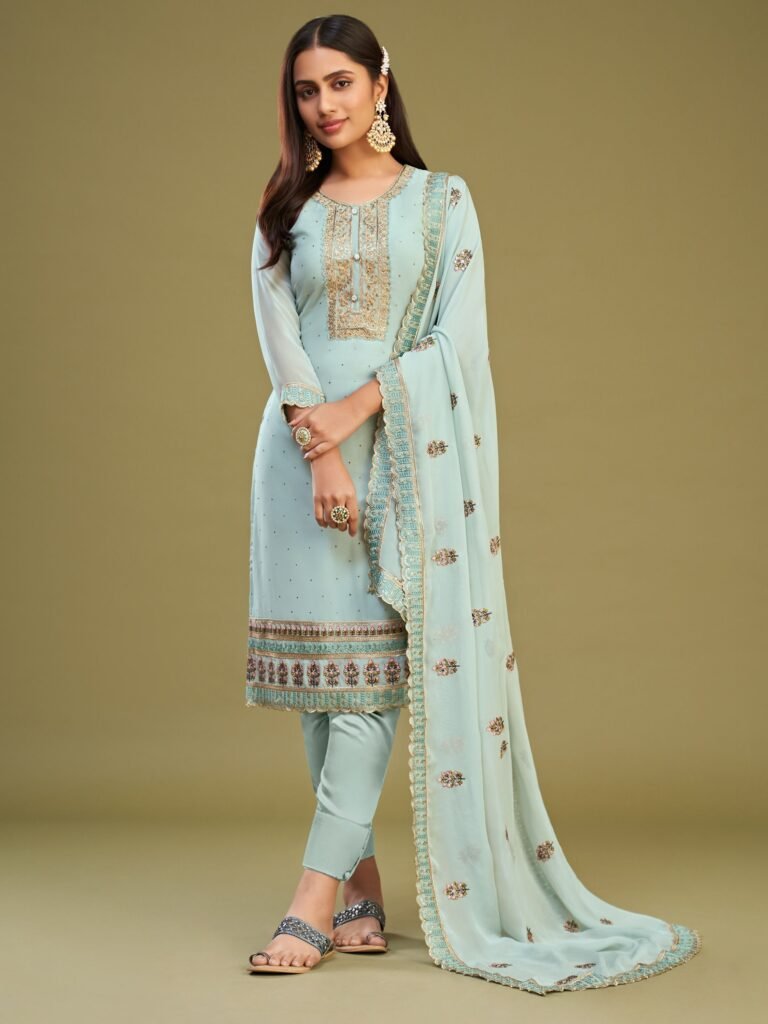

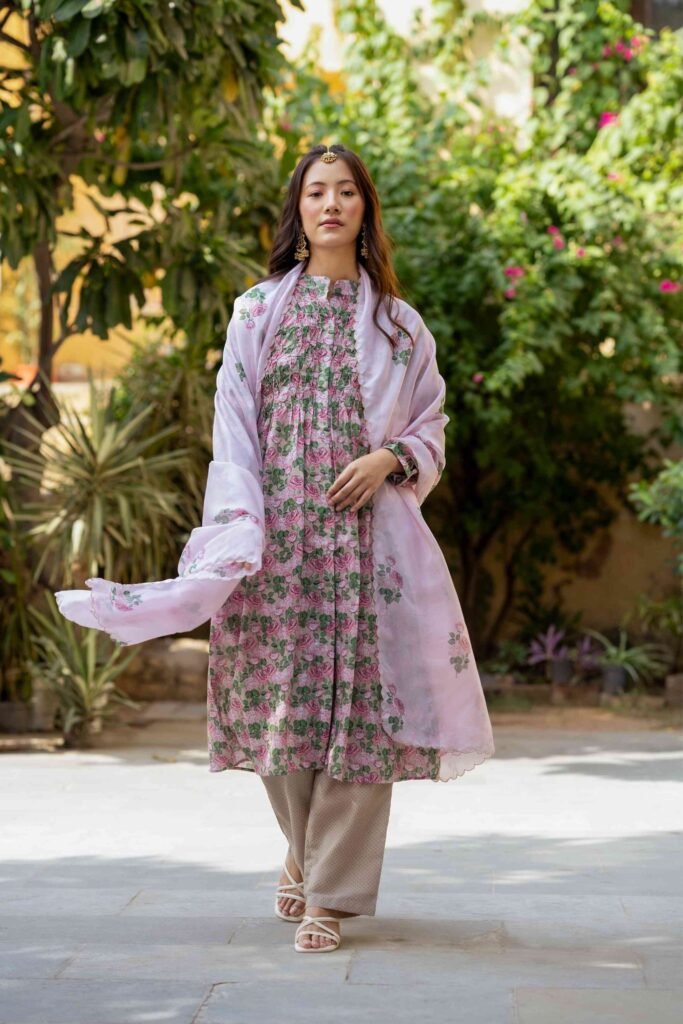
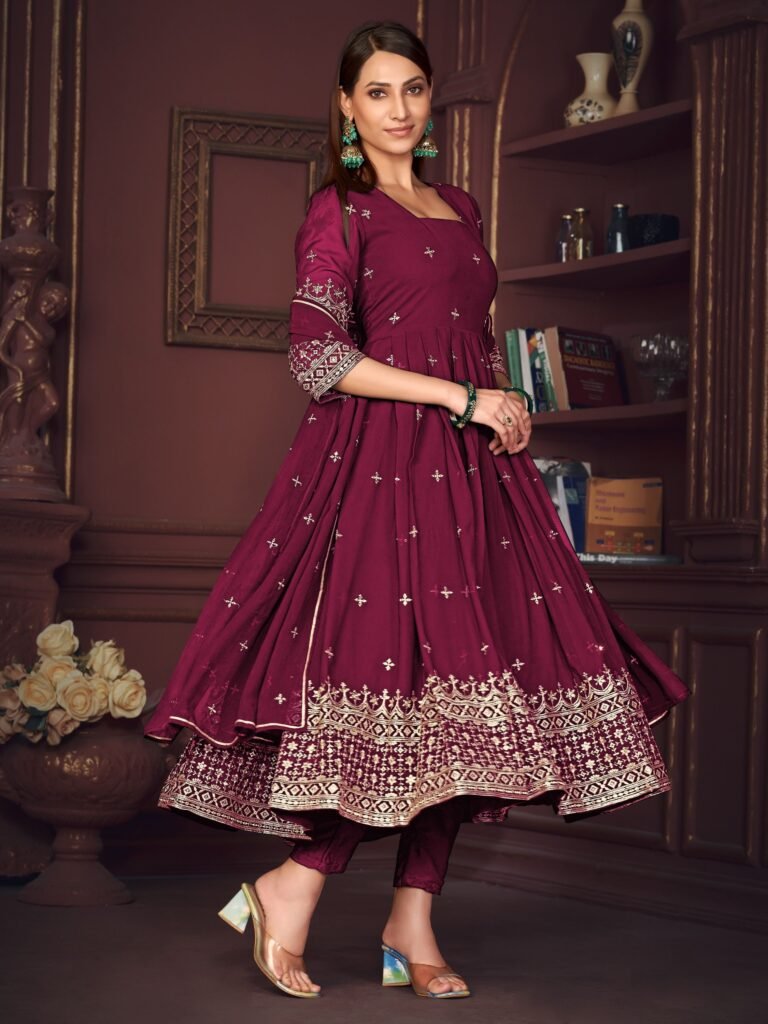
🛍️ Salwar Styles to Have in Your 2025 Wardrobe
| Occasion | Recommended Style | Fabric |
|---|---|---|
| Work/College | Straight Cut with Pants | Cotton, Rayon |
| Festivals | Sharara or Palazzo Sets | Silk, Chanderi |
| Weddings | Anarkali with Heavy Dupatta | Velvet, Net |
| Casual Outings | A-line Kurti with Cigarette Pants | Linen, Crepe |
✨ Final Thoughts: A Garment That Grows With You
From Mughal palaces to modern fashion runways, the salwar kameez has shown an incredible ability to adapt while staying rooted in culture. Each decade has shaped it differently, but its core remains unchanged—a symbol of grace, comfort, and identity.
Whether you’re a fashion minimalist or a trend-chaser, the salwar kameez will always have a place in your wardrobe. Because it’s not just clothing—it’s a part of who we are, and how we’ve grown.
🛈 Disclaimer
Informational Purposes Only All content on berlinbazar.com is provided solely for educational and informational purposes. We do not sell or promote counterfeit products. Our goal is to help consumers identify, compare, and make informed decisions about fashion and accessories.


